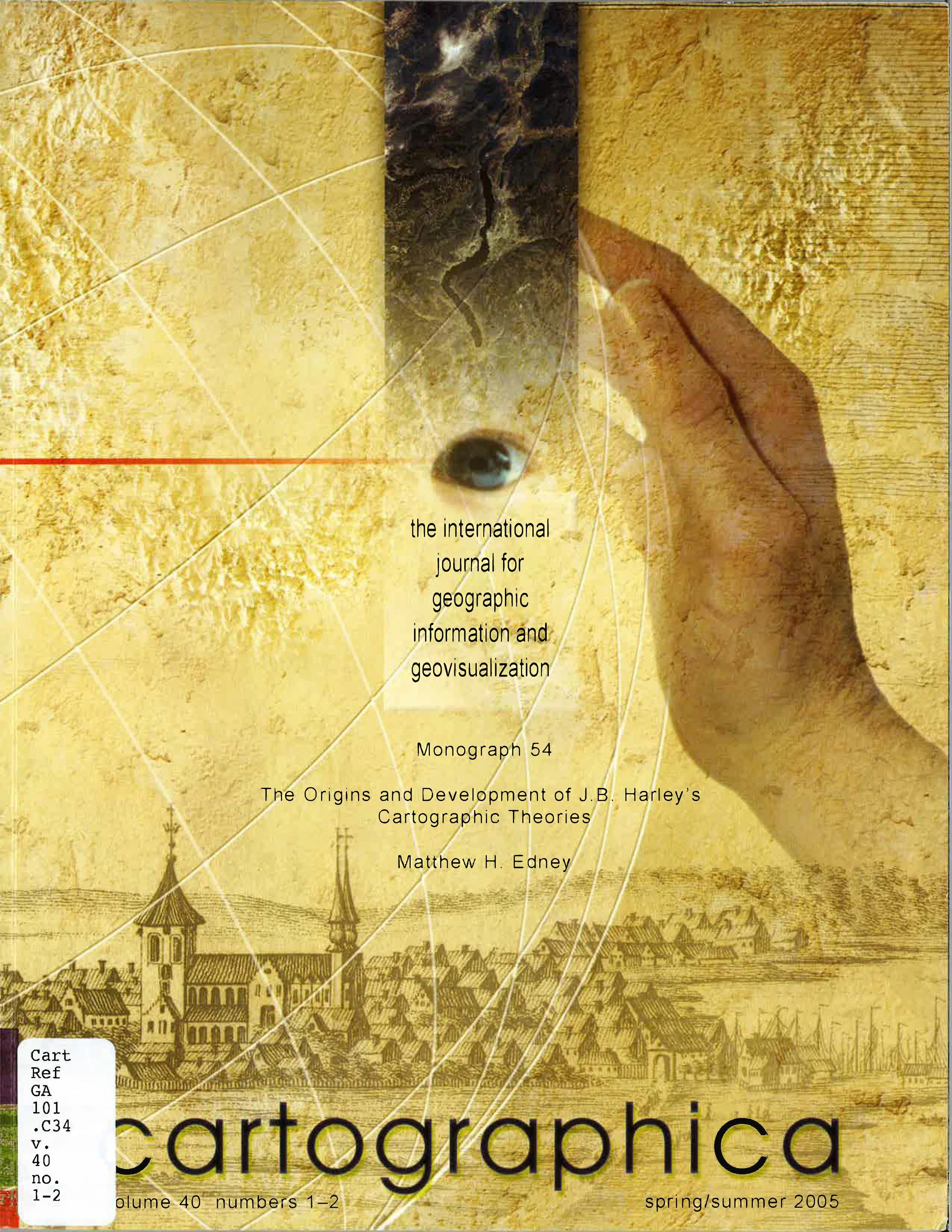On the Destruction and Loss of Early (Wall) Maps
/Map Librarians Will be Horrified!
In looking for information about how the map historian William Francis Ganong had referred to a 1624 map of the eastern seaboard of North America, I encountered his short “Essay on the Study of Local Cartography” (Ganong 1897, 315–26). It’s a gold mine of quotes and things, as one of the few methodological statements by map historians. One of these, in the initial subsection, “On the Scarcity of Old Maps,” colorfully illuminates some of issues facing those seeking to preserve old maps:
The destruction of maps is, perhaps, due chiefly to the fact that, unlike books, their shape makes them difficult to store and keep accessible. This is well illustrated by one of the “don’ts” in a booklet issued some years ago for librarians, which read: “Don’t try to find a convenient way to keep maps—there isn’t any;” a truth to which any of us who possess collections are ready to testily. In our houses and offices, too, a map for which there is not wall-room, when superseded by a better, is not placed in the library, but its awkward shape is disposed of in the garret, whence its way lies through dust to destruction. Moreover, old editions of maps are regarded as of little value when newer ones appear, thus differing somewhat from older editions of books, which are generally preserved. (Ganong 1897, 316)
The click-bait title is, I think, warranted!
Ganong, W. F. 1897. “A Monograph of the Cartography of the Province of New Brunswick.” Proceedings and Transactions of the Royal Society of Canada 2nd ser., 2: 313–427.
Image in the blog roll of a tattered map, is Cyprian Southack’s map of North America (1717) from the John Carter Brown Library, Brown University.




